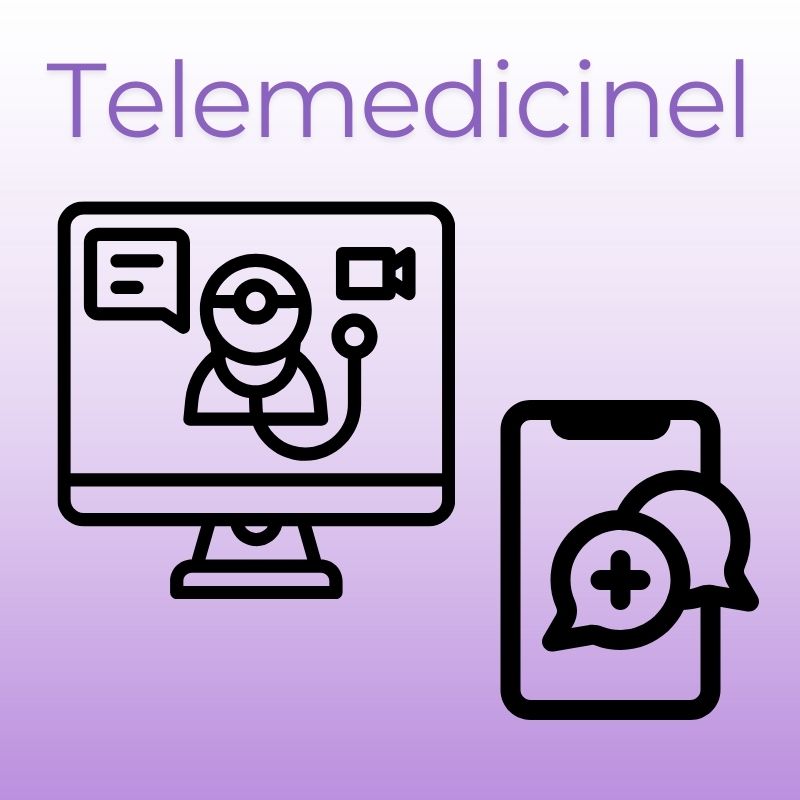
Normalization of Telemedicine
Online Consultations and Remote Care
Eased Regulatory Restrictions: During the pandemic, many countries temporarily allowed physicians to practice across state or regional lines via telemedicine to meet rising demand. Post-pandemic, some of these temporary measures have been formally integrated or extended.
Broad Range of Applications: Beyond chronic disease follow-up, telehealth services are expanding to encompass mental health counseling, rehabilitation guidance, maternal and child healthcare, and more. Many telehealth platforms collaborate with brick-and-mortar hospitals to offer end-to-end services, from online consultation to prescription and medication delivery.
Evolving Reimbursement Models
Greater Public Insurance Support: Some national healthcare systems (e.g., U.S. Medicare/Medicaid, local Chinese insurance programs) initially offered provisional reimbursement for telehealth services during COVID-19. These programs are now making telehealth coverage more permanent and expanding eligible conditions and service types.
Collaboration with Private Insurers: Private insurance companies are partnering with telehealth platforms to integrate remote services into their coverage, enabling policyholders to access high-quality medical resources online with streamlined reimbursement.
At-Home Healthcare and In-Home Services
Home-Based Monitoring and Rehabilitation: Using remote monitoring devices and wearable technologies, patients can track vital signs at home. Physicians access real-time data for timely interventions—particularly useful for conditions such as chronic heart failure or COPD.
In-Home Nursing and Extended Outpatient Services: Some healthcare providers and third-party nursing services offer home-visiting nurses, lab sample collection, and other home-based medical support, benefitting older adults and those with mobility challenges.
